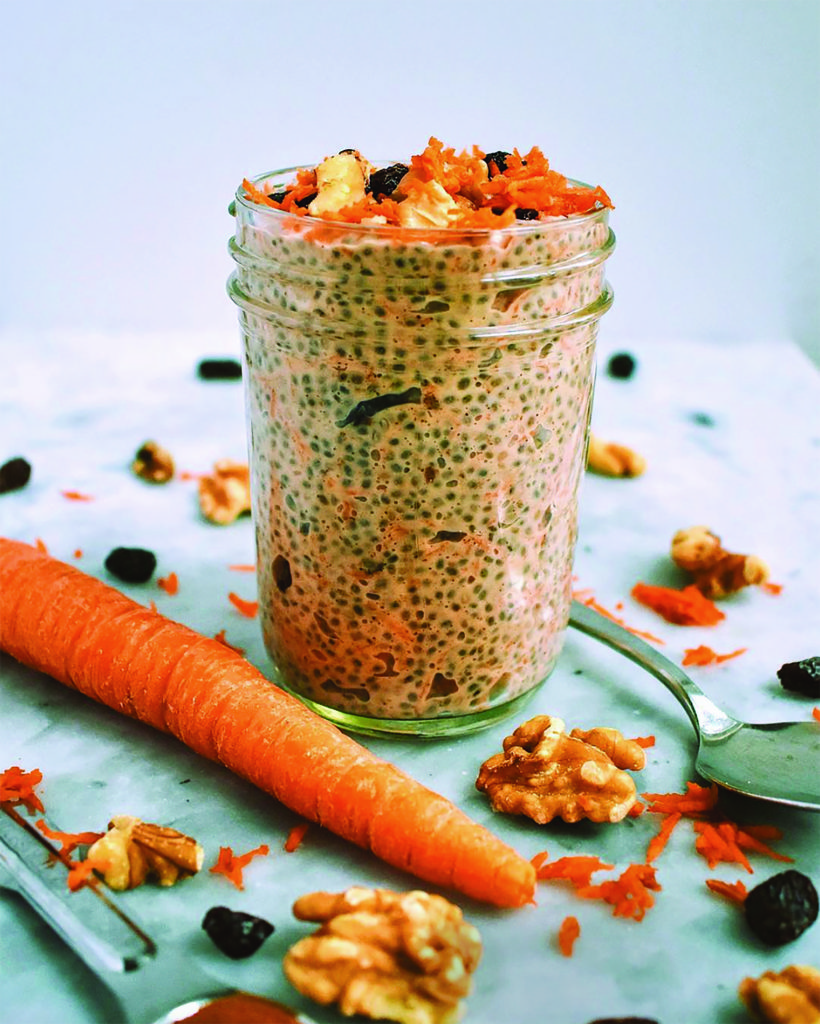
There’s an Italian expression, Tell me what you eat and I will tell you who you are. It goes a step beyond the American adage, You are what you eat, to suggest that food can be an archive of the body’s well-being and of our character. Perhaps it shouldn’t be a surprise, then, that a trip to Tuscany started my journey to finally heal a gut that has plagued me for decades.
In July, I returned from Italy delighted to discover that despite eating quite a bit, I had managed to lose a few pounds. Yet what surprised me most was the image of my stomach captured in a photo on the beach a few days after I returned, where you can clearly see every abdominal muscle. And suddenly it hit me: I’ve been in competitive athletic shape my entire life, but for the past two decades I have never had a flat stomach. Instead, my belly has oscillated between puffy, bloated and distended. I found relief in Italy, like many Americans do in Europe, possibly due to lack of pesticide use abroad, as well as less processed, modified grains, and less stress while on vacation.
In a second wave of clarity, I realize there must be a critical correlation here to the extremely painful episodes I have had, where my stomach distends a foot while I lie in a fetal position popping Tums to no avail. My gastroenterologist over the years has assured me that this was just low-grade IBS and prescribed an antispasmodic. I decide in this moment that it is time to get a second opinion.
Thankfully, the doctors I saw were in general agreement: I was plagued by a GI tract that contained more bad than good bacteria, and this was creating large amounts of gas and acid. They recommended I go on a low-FODMAP diet and suggested I reach out to a dietitian for assistance. I enlisted the help of Isabel Smith to set me on the right path. Here is Smith’s insight:
The low FODMAP diet is one that’s frequently referred by GI doctors. A low FODMAP diet eliminates foods that contain Fermentable Oligosaccharides, Disaccharides, Monosaccharides and Polyols. These foods, for many, contribute to frequent bloating, gas and discomfort. However, the list of FODMAPs is extensive, confusing—and at times a topic of debate among fellow dieticians.
Ultimately, one size does not fit all; I find the long list of FODMAPs—including wheat, dairy, onions, dried fruit, beans, lentils, and nuts (that includes pistachios and cashews)—to be overwhelming and anxiety-provoking, which can contribute to tummy distress. More often I experience better, less confusing and less stressful results by slowly narrowing down the culprits and tailoring the list of foods that provide nourishment and ease, not bloat, inflammation and irritation.
In Christina Blaustein’s case, we found success through trial and error, elimination of some unusual suspects, and a tactful support of supplements and herbs to aid in digestion. Our work underscores the idea that a low-FODMAP diet could begin to help alleviate symptoms, but it wasn’t the complete picture for Christina. Part of the issue I find with IBS or intolerant tummies has to do with needing to calm the nervous system, support healthy bacteria in the gut, and eat consistently. I find with most clients that once we identify problematic foods and remove them, not only do tummy symptoms begin to ease, but over time we are also able to reintroduce those previously challenging foods.
All in all, the FODMAP can provide a preliminary blueprint from which to work, but ultimately each person needs their own routine to heal.



